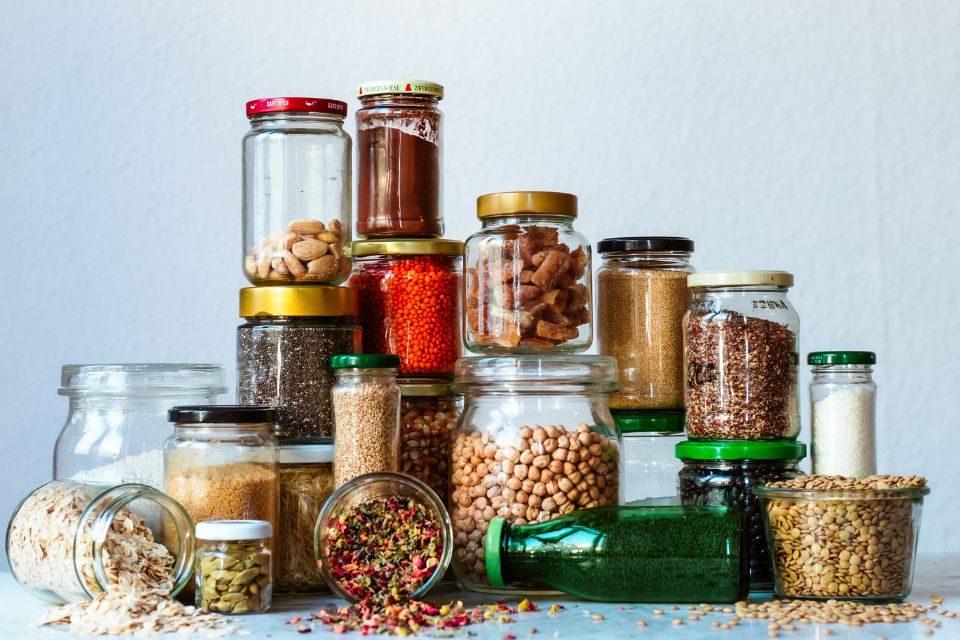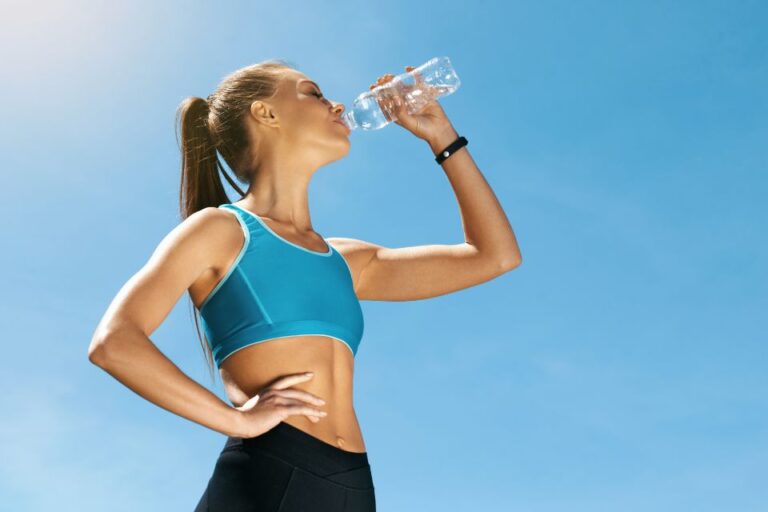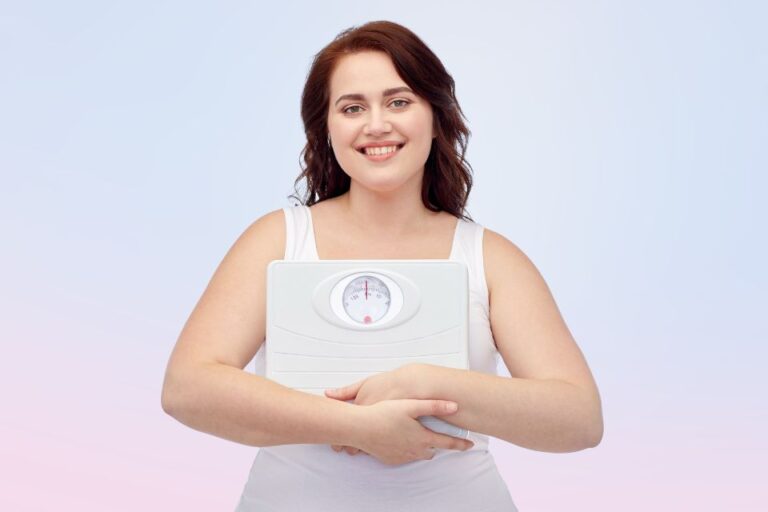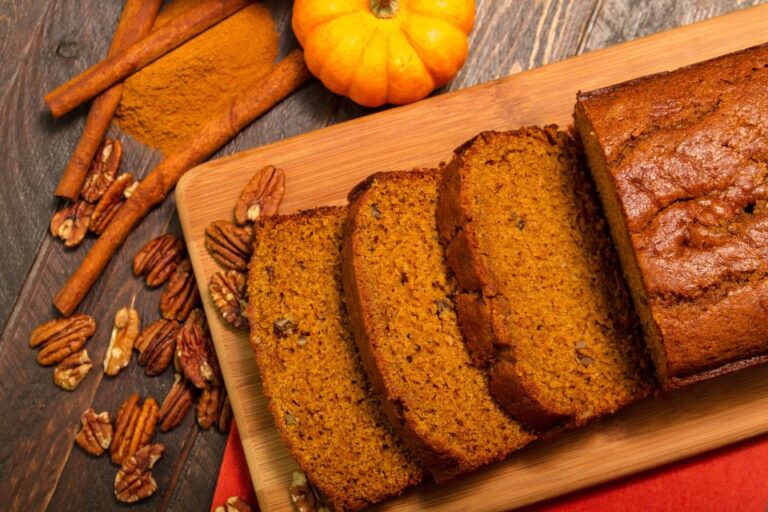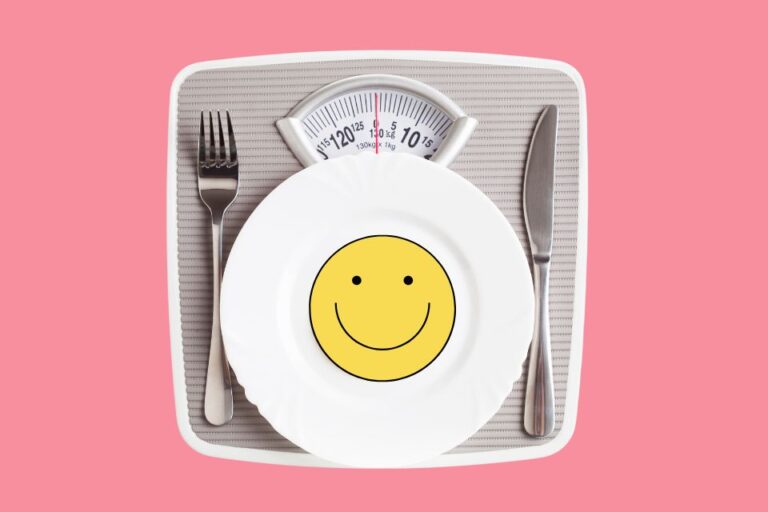10 Healthy Pantry Staples for Weight Loss
Weight loss diets typically instruct us to center our diets around fresh produce and perishable protein sources. This means an overflowing refrigerator stocked with lettuce, berries, chicken breasts, and cottage cheese.
These foods are undeniably healthy, but they don’t keep. So, is sustained weight loss still possible even when we don’t have unlimited access to refrigerated foods?
Fortunately, a thoughtfully stocked pantry can support weight loss for many weeks and even months! While healthy pantry staples are often not as trendy in the nutrition world as their more short-lived relatives, they are still excellent sources of protein, fiber, and micronutrients.
They are often more affordable as well, and you can use them at your discretion rather than planning your life around groceries and risking spoilage and food waste.
Here are ten delicious ingredients to keep on hand at all times during your weight loss journey.
Oatmeal
Fiber consumption is strongly linked to weight loss, and oatmeal contains 5 grams per cooked cup [1, 2]. This grain is a very versatile ingredient.
Steel-cut oats make for a nutty, chewy breakfast bowl, while old-fashioned oats can add volume to burgers and meatballs, be ground into flour for muffins and cookies, or be stirred into Greek yogurt to make overnight oats. Use certified gluten-free oats to make celiac—and allergen-friendly dishes.
Protein Powder
This healthy pantry food list includes as many high-protein options as possible. Protein is more satiating (or satisfying and filling) than the other major macronutrients, carbohydrates, and fats [3]. It can also help preserve lean muscle mass during a fat-loss period, which means you’ll lose more fat and less muscle during your diet [4].
In addition to blending it into a convenient shake (maybe with unsweetened nut milk, found further down this list), protein powder can be used as an ingredient in many recipes.
Try homemade protein bars, balls, and pancakes for grab-and-go snacks and breakfasts. Choose a high-quality micro-filtered whey protein isolate or plant-based protein to avoid filler ingredients, and check sugar content as well.
Canned and Dried Beans
If you had to choose one staple for your healthy pantry, canned beans would win by a landslide. They shine in terms of overall protein, carbohydrate, and fiber content, as well as affordability and convenience [5].
Research shows that diets high in beans aid in calorie restriction by increasing satiation and decreasing hunger [6]. If possible, choose BPA-free, organic canned beans.
If you have the time to cook them from scratch, dried beans are even cheaper than canned beans. The flavor and texture are often better as well—try cooking beans in stock or broth and adding herbs during the cooking process. The variety beans bring to your cooking, whether you’re making spicy pinto beans to add to a taco salad or blending garbanzo beans into homemade hummus, is unmatched.
Canned Tuna and Seafood
You can introduce even more protein into your pantry with canned seafood, which is an excellent source of heart-healthy omega-3 fatty acids [7]. While most of us have eaten canned tuna, canned salmon, anchovies, and shellfish remain under-utilized and underrated.
They’re tastier and less smelly than you might assume. For a milder flavor, incorporate them into recipes like avocado toasts, homemade pizza, and power bowls. If you’re hardcore, grab a can of anchovies as a convenient and filling on-the-go snack.
Canned Vegetables
Canned vegetables have a reputation for being pale, soggy, and flavorless, but quality varies greatly from brand to brand. Choose high-quality organic and BPA-free canned vegetables packed with minimal liquid, and you may be surprised by how tasty they are [8].
While fresh vegetables are generally superior, if choosing canned means you’re getting vegetables into your diet when you otherwise wouldn’t, it’s a smart decision. Add them to soups, healthy casseroles, and stir-fries.
Applesauce
Unsweetened organic applesauce isn’t just for kids. It’s a sweet, low-calorie way to end a meal. Stir it into yogurt or oatmeal, or use it to replace some of the oil in muffin and quick bread recipes to reduce the overall calories [9]. Individually packaged applesauce cups are convenient for work lunches and snacks, too.
Shelf Stable Nut Milks
Shelf-stable cartons of unsweetened almond or cashew milk will keep in your pantry for over a year, ready when you need them for healthy baking, pouring over cereal, or adding to smoothies and shakes.
Replacing dairy milk with nut milk is an easy swap to reduce the calories in your overall diet, increasing the likelihood of both weight loss and weight loss maintenance [10].
Try adding stevia or your favorite healthy sweetener to unsweetened chocolate nut milk for a delicious drink with very low calories.
Whole Grain Pasta
Pasta, particularly whole-grain pasta, will not necessarily slow weight loss if eaten in sensible portions. It’s also a great source of fiber—some whole-wheat spaghetti has as much as 7 grams per 2 ounces! [11] Choose pasta dishes that emphasize vegetables and protein and measure out servings intentionally to ensure adherence to your calorie goals.
Don’t forget about orzo and couscous, too; unconventional pasta shapes are often mistaken for grains.
Dried Grains
Dried grains—quinoa, barley, brown rice, wheat berries, wild rice—are pantry staples that provide wonderful variety to a healthy diet. From paella to pilaf, there are so many tasty recipes from every part of the world that feature dried grains. Whole grains can be more beneficial to weight loss than refined grains, so they’re worth emphasizing in your diet [12].
Dried Spices and Herbs
Many of the ingredients we use to add flavor to dishes also contain fat and sugar. Not so with spices and herbs. These calorie-free superstars can instantly elevate simple meals into crave-worthy dining experiences. Many spices and herbs also offer unique health benefits.
Garlic can improve heart health, and turmeric can reduce inflammation; rosemary and oregano are excellent sources of antioxidants [13, 14].
Healthy Pantry Makeover
We hope this list helps you look at your pantry in a new light. It may come as a surprise, but research demonstrates that people who include canned foods in their diet eat more healthfully than those who don’t [15].
Get creative with what you already have and cook from your pantry if possible, or stock up on the ingredients listed and turn your pantry into an assistant to your weight loss goals.
REFERENCES
1. Miketinas, D. C., Bray, G. A., Beyl, R. A., Ryan, D. H., Sacks, F. M., & Champagne, C.M. (2019, October 1). Fiber Intake Predicts Weight Loss and Dietary Adherence in Adults Consuming Calorie-Restricted Diets: The POUNDS Lost (Preventing Overweight Using Novel Dietary Strategies) Study. Retrieved from https://www.ncbi.nlm.nih.gov/pubmed/31174214
2. How much fiber is found in common foods? (2018, November 17). Retrieved from https://www.mayoclinic.org/healthy-lifestyle/nutrition-and-healthy-eating/in-depth/high-fib er-foods/art-20050948
3. Noakes, M. (2008). The Role of Protein in Weight Management . Retrieved from http://apjcn.nhri.org.tw/server/APJCN/17 Suppl 1//169.pdf
4. Mettler, S., Mitchell, N., & Tipton , K. (2010, February). Increased Protein Intake Reduces Lean Body Mass Loss during Weight Loss in Athletes. Retrieved from https://journals.lww.com/acsm-msse/Fulltext/2010/02000/Increased_Protein_Intake_Red uces_Lean_Body_Mass.14.aspx
5. Zamindar, N., Baghekhandan, M. S., Nasirpour, A., & Sheikhzeinoddin, M. (2011, January 21). Effect of line, soaking and cooking time on water absorption, texture and splitting of red kidney beans. Retrieved from https://www.ncbi.nlm.nih.gov/pmc/articles/PMC3550949/
6. Turner, T. F., Nance, L. M., Strickland, W. D., Malcolm, R. J., Pechon, S., & O’Neil, P. M. (2013, October 29). Dietary adherence and satisfaction with a bean-based high-fiber weight loss diet: a pilot study. Retrieved from https://www.ncbi.nlm.nih.gov/pmc/articles/PMC3901975/
7. Harvard Health Publishing. (2007, November). Ask the doctor: Is canned fish good for the heart? Retrieved from https://www.health.harvard.edu/newsletter_article/Ask_the_doctor_Is_canned_fish_good_for_the_heart
8. Schecter , A., Malik, N., & Haffner , D. (2010, November 1). Bisphenol A (BPA) in U.S. Food. Retrieved from https://pubs.acs.org/doi/10.1021/es102785d
9. Purohit, M. (2019, April 23). Is Eating Applesauce Healthier Than Eating Apples? Retrieved from https://www.dovemed.com/healthy-living/wellness-center/eating-applesauce-healthier-ea ting-apples/
10. National Institute on Aging. (2018, August 14). Calorie Restriction and Fasting Diets: What Do We Know? Retrieved from https://www.nia.nih.gov/health/calorie-restriction-and-fasting-diets-what-do-we-know#human
11. Calvo, T. (2019, October 17). Is Pasta Healthy? Retrieved from https://www.consumerreports.org/pasta-noodles/is-pasta-healthy/
12. Sagon, C. (2017, February 17). Whole Grains And Weight Loss Research. Retrieved from https://www.aarp.org/health/healthy-living/info-2017/whole-grains-weight-loss-cs.html
13. John Hopkins Medicine. (n.d.). 5 Spices with Healthy Benefits. Retrieved from https://www.hopkinsmedicine.org/health/wellness-and-prevention/5-spices-with-healthy-benefits
14. Jiang, A. T. (2019, April). Health Benefits of Culinary Herbs and Spices. Retrieved from https://www.ingentaconnect.com/content/aoac/jaoac/2019/00000102/00000002/art00010;jsessionid=2kg528hm5xovb.x-ic-live-02
15. Comerford, K. B. (2015, July 9). Frequent Canned Food Use is Positively Associated with Nutrient-Dense Food Group Consumption and Higher Nutrient Intakes in US Children and Adults. Retrieved from https://www.ncbi.nlm.nih.gov/pmc/articles/PMC4517017/

